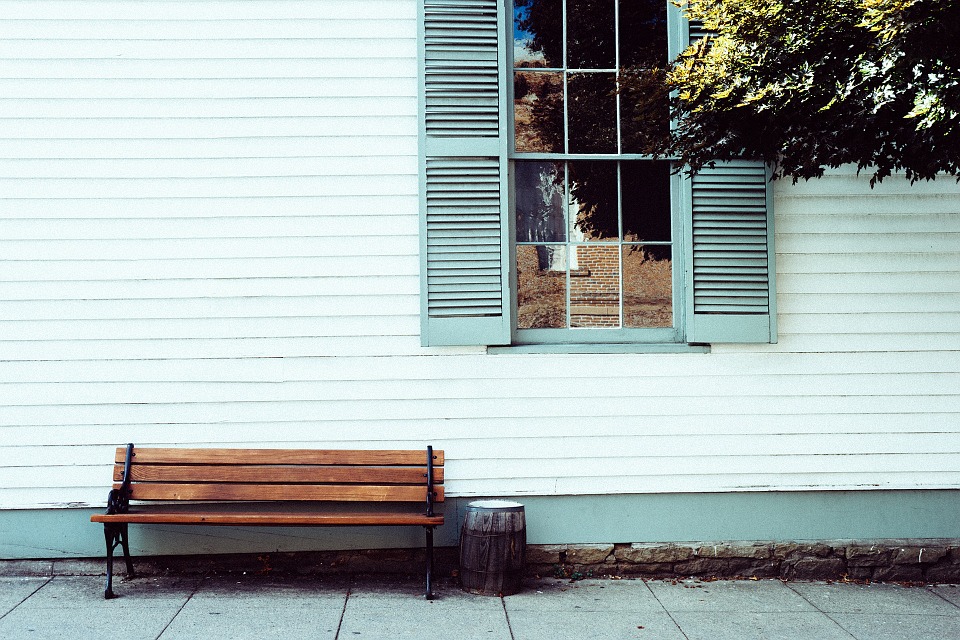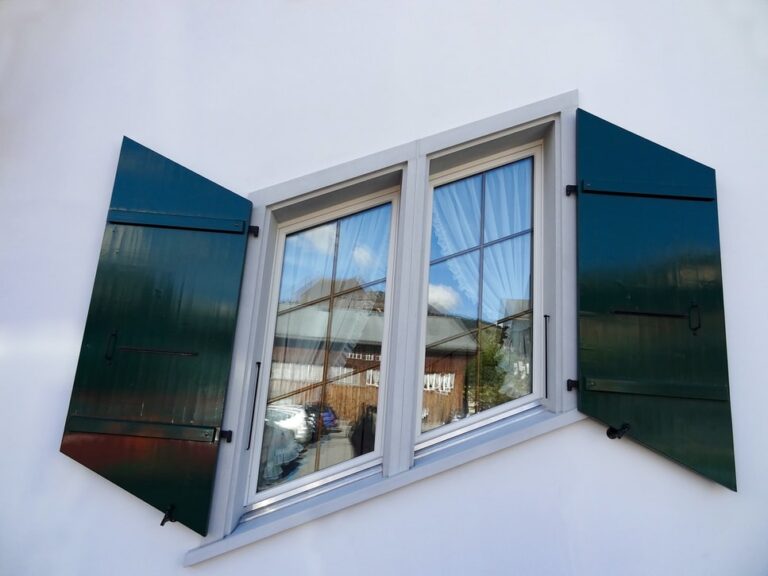There are many, many alternative solutions for window coverings nowadays. To get a feel for the kind of variety available you can take a look at sites Diamond Shutters. We are all so familiar with window shutters or blinds as light control solutions in our homes that we can sometimes overlook them and especially just how they are made and with what. Without doubt more people are installing window shutters as they see it as an added benefit for your home
We hope with this article to let you see window shutters, curtains and blinds in a new light (pun intended) and think a little deeper not only about their origins but the possibilities they offer. You will see what we mean by this when we get to the last of the materials in the list.
Just to set the scene lets fix firmly in our minds an example of the shutters we are used to here and now in our everyday world before we explore four of the more different materials used. In some cases, very different.
First let us investigate the historical origins. If you dig into the Encyclopaedia Britannica you will find an article about louvers, or louvres, which describes what is essentially the modern shutter and attributes the name to medieval times giving us one date point for the window shutter.
Bamboo

We will start with the materials closer to what we are used to now. As far back as 1100 AD, the Chinese were using bamboo stalks connected with ties to control light and temperature in their rooms. This was hundreds of years before they made their way into Western cultures. Nowadays we are more used to wood, man-made materials, or fabrics as the core materials forming our window coverings.
Although bamboo does not immediately spring to mind when thinking of blinds for a new home today it is, arguably, not totally unexpected as there are still options using bamboo available today. With that in mind, we will move on to something perhaps slightly more out of the ordinary.
Paper

Going back even further, say 400 BC to the Ancient Egyptians, the forerunner of paper, papyrus was used. Strips of papyrus laid in an interlacing pattern and, we believe, often dampened helped keep out not only light but dust blew in from desert winds into early dwellings. Here we are looking at the ancestors of modern blinds or curtains.
What is that you say? You can now picture coverings of paper and thinking of it are no longer quite so surprised? Perhaps you are thinking of the Shoji movable walls of Japan.
Well, let us take a look at the third of our unusual materials which is definitely not going to be one you had thought of before.
Marble

Yes, marble as in the stone. It is thought that originally windows were used mainly as ventilation openings. In the days of old Greece in the fifteenth century especially on the coastal storms could be fierce. Marble coverings were used to seal windows off from the lashings of wind and waves from the seas.
It is certainly hard to envisage any heavy stone coverings in today’s windows. Modern homeowners are much more favorable towards current, light, and convenient materials.
BulletProof Metals

While we do think of bulletproof glass on, for example, the windows of presidential limousines or in banks we do not often think of using firearm-resistant materials in domestic window shutters. There are places in the modern world, mainly where guns are more common, that you can buy window shutters for the home advertised with graphic videos as bullet proof.
While we would love to be able to be more specific about the composition you can appreciate how the manufacturers prefer to keep the details confidential.

